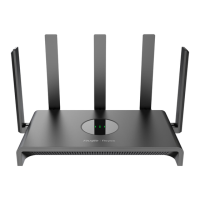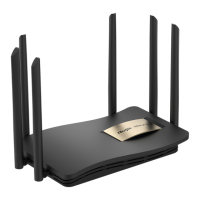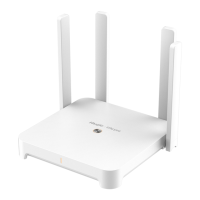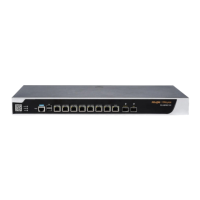Hardware Installation and Reference Guide Preparing for Installation
8
2.2.2 Cleanliness
Dust poses a significant risk to the operational safety of the device. When indoor dust accumulates on the device,
it can lead to electrostatic adsorption and result in poor contact. This not only affects the lifespan of the device,
but also increases the likelihood of communication failures. The risk of electrostatic adsorption increases when
the indoor relative humidity is low.
The following table describes the requirements for the dust content and granularity.
Max. concentration
(number of
particles/m3)
In addition to dust, the device also has specific requirements on the presence of harmful gases such as
hydrochloric acid sulfides in the air at the installation site. These gases can cause accelerated corrosion of
metals and aging of certain components. The table below displays the specific limits for harmful gases including
SO
2
, H
2
S, NO
2
, NH
3
, and Cl
2
at the installation site.
.
2.2.3 ESD Protection Requirements
The RG-EW3000GX PRO router is designed with rigorous anti-static procedures during circuit design. However,
excessive static electricity can still cause damage to its circuit board. Static electricity in the communication
network connected to the device mainly originates from two sources:
Outdoor high-voltage transmission lines, lightning and other external electric fields; and
Internal systems such as indoor flooring materials and overall structure of the device.
To prevent damage caused by static electricity, please pay attention to the following:
Keep the indoor installation environment clean and free of dust.
Maintain appropriate temperature and humidity.
2.2.4 Anti-interference
Anti-interference measures primarily target electromagnetic and current interferences. The following
requirements should be considered to ensure effective mitigation of interference:
Take effective measures to prevent interference from power grid to the power supply system.

